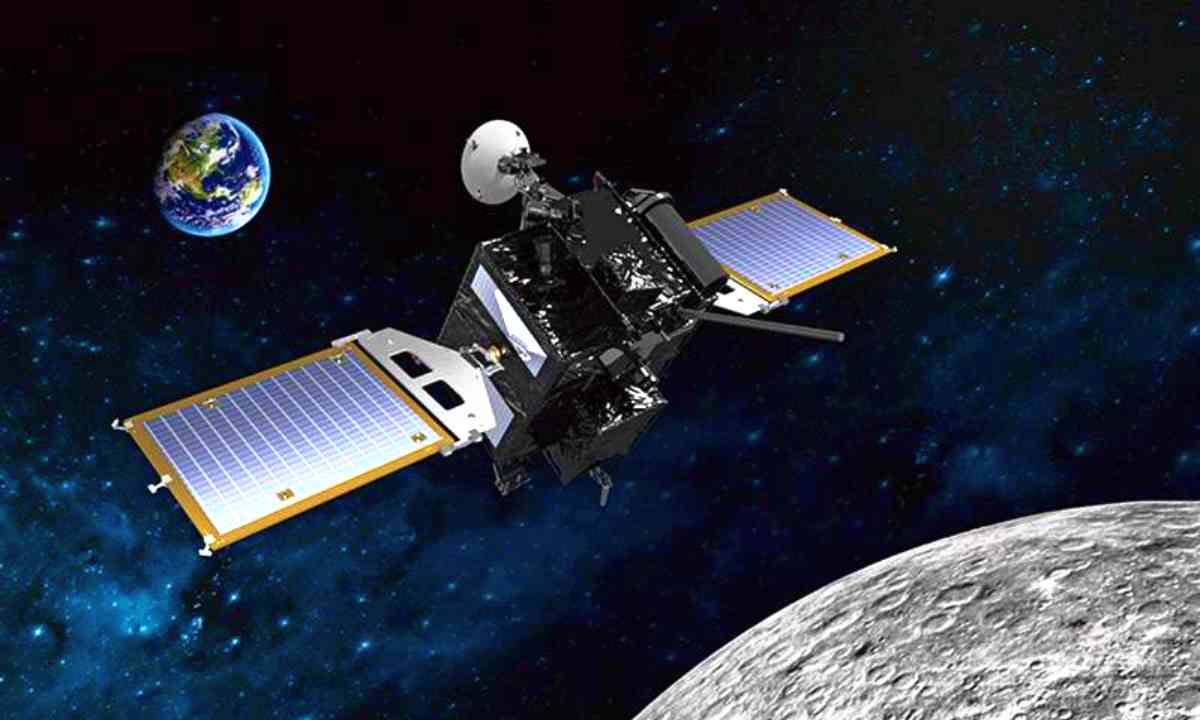South Korea's first-ever lunar orbiter Danuri has successfully sent back stunning visuals of the lunar surface, marking a major step forward in the country's space exploration mission.
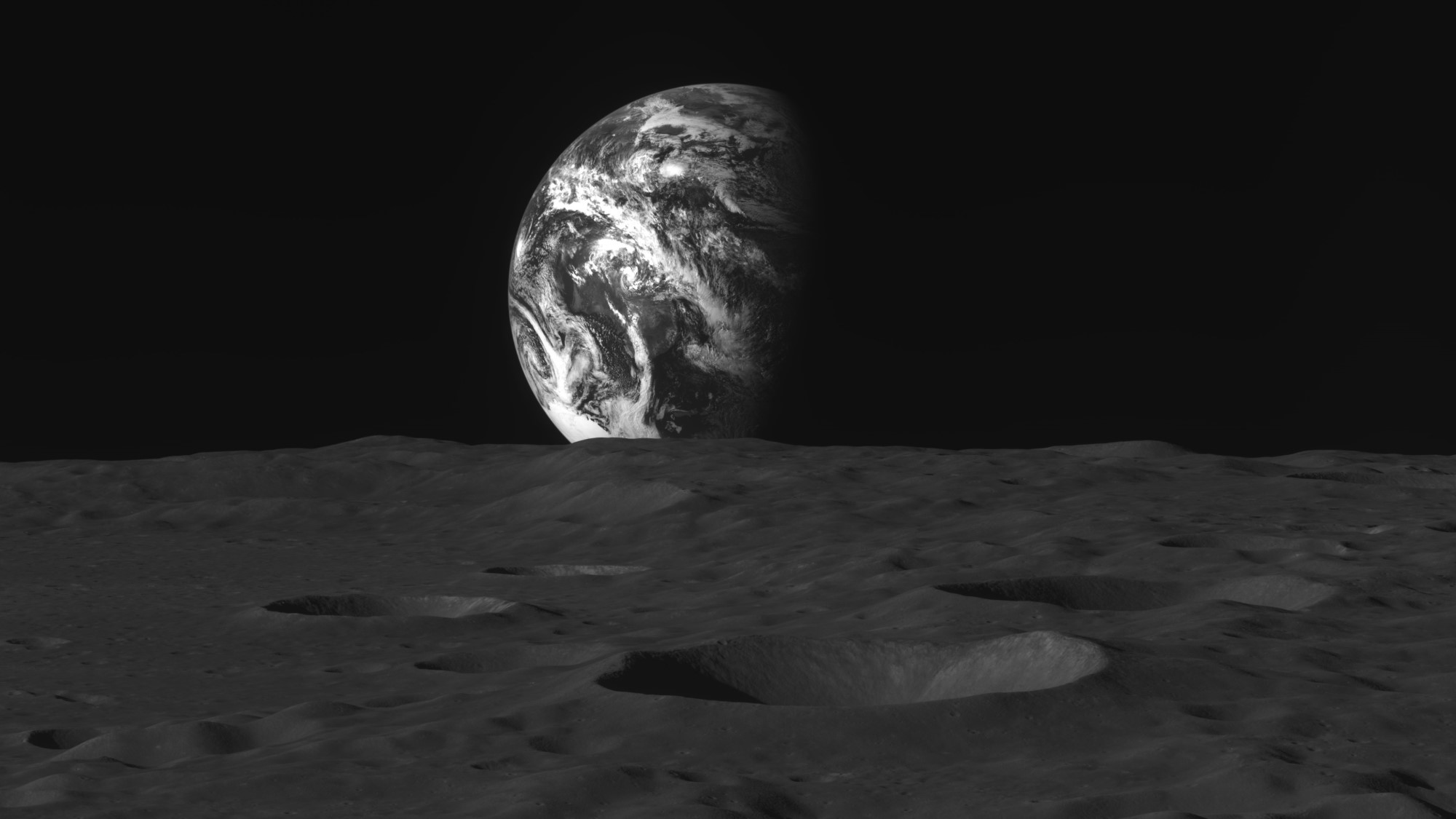
The black-and-white images, taken from a distance of less than 120 kilometres (75 miles) above the Moon, showed the lunar surface and Earth. This is the first time that South Korea has successfully sent an orbiter to the Moon and the images will be used to select potential sites for a Moon landing in 2032.
The other top lunar orbiters, based on their scientific impact and significance have been:
- Apollo 15 Lunar Module
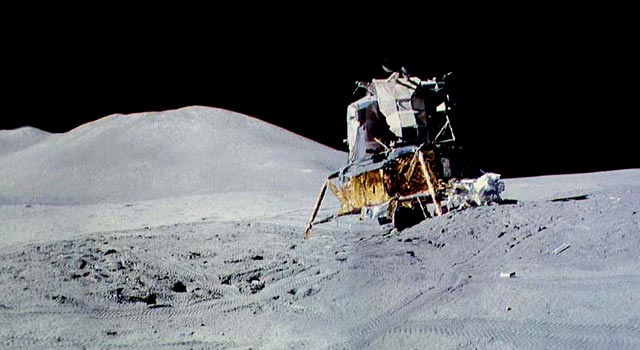
The Apollo 15 Lunar Module was the first spacecraft to be equipped with scientific instruments specifically designed for lunar surface observations and experiments.
- Lunar Orbiter
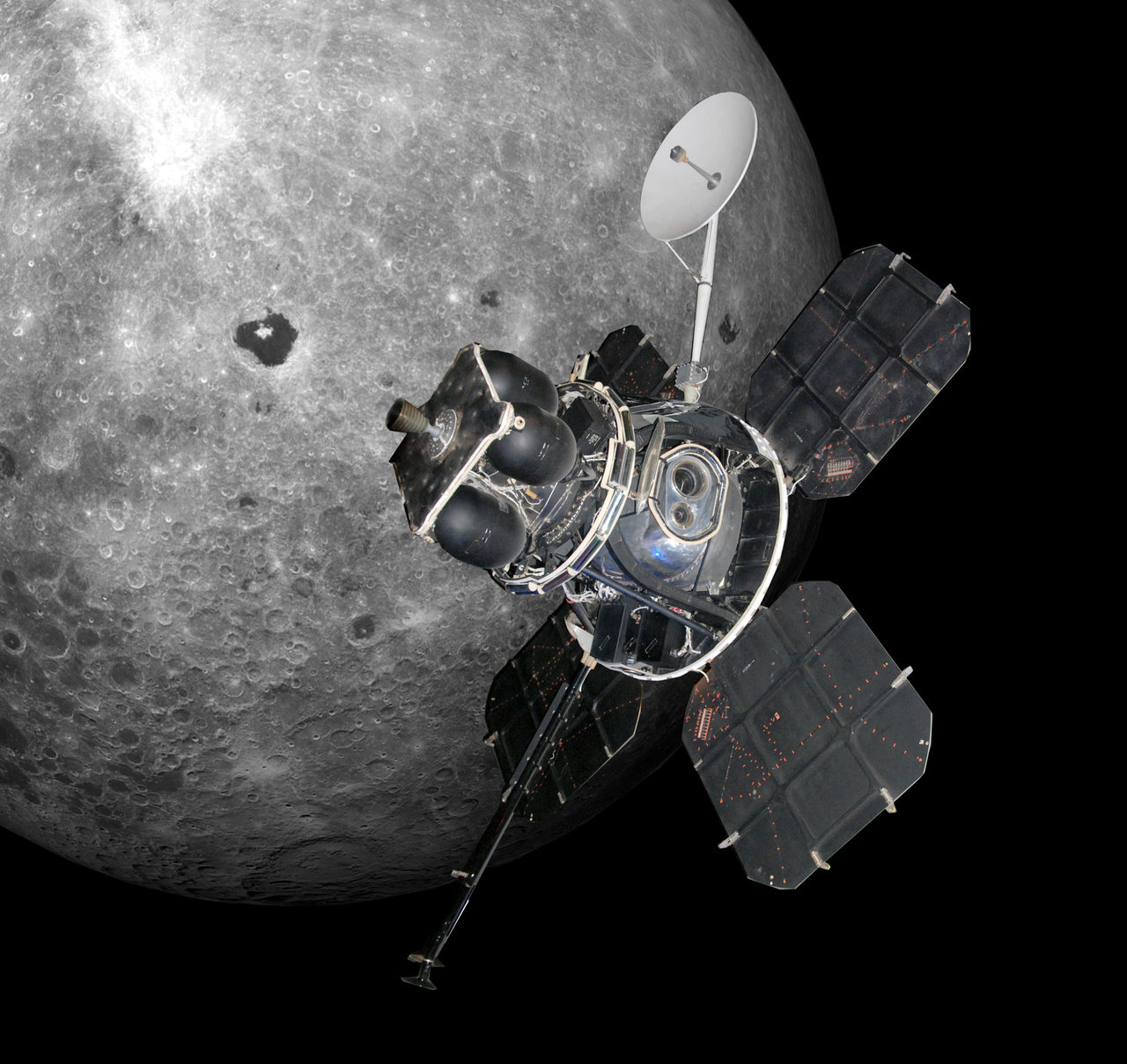
The Lunar Orbiter program was a series of five unmanned spacecraft launched by NASA in the 1960s to map the surface of the Moon in preparation for the Apollo missions.
- Clementine
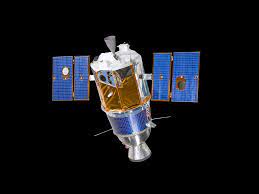
Clementine was a joint NASA and Department of Defense mission that used a spacecraft to map the surface of the Moon and measure the composition and structure of the lunar crust.
- Lunar Reconnaissance Orbiter
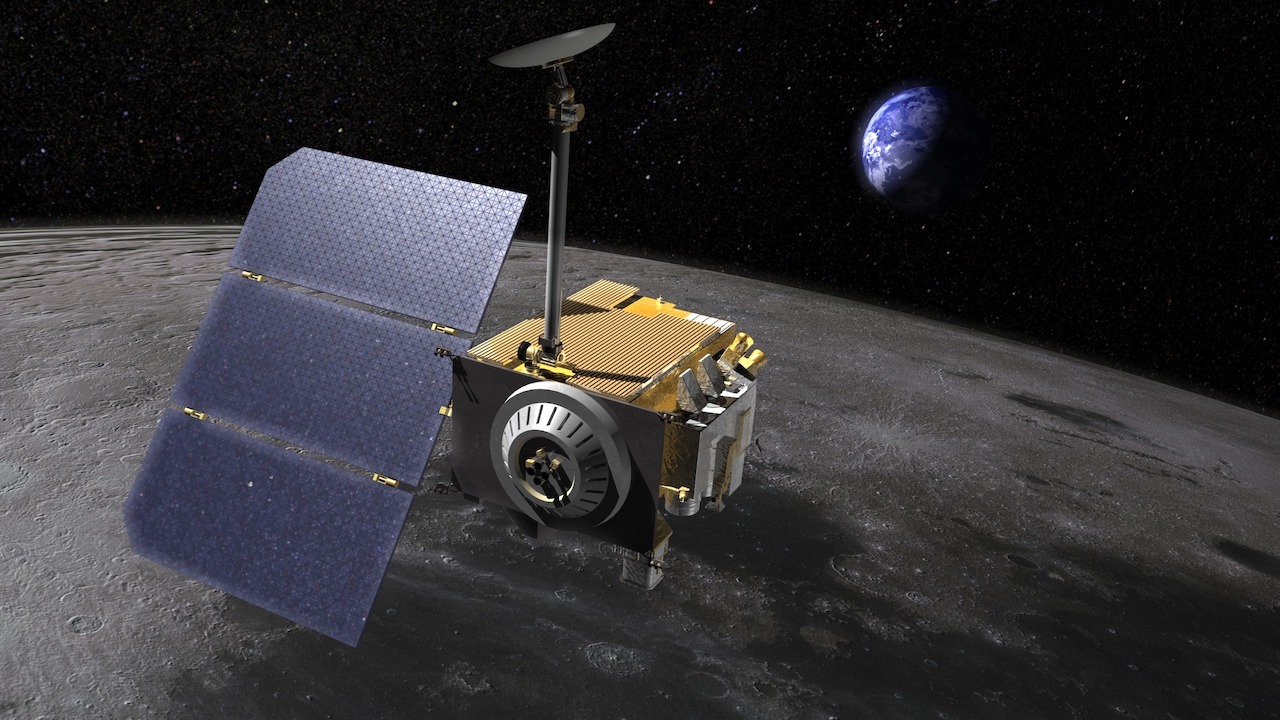
The Lunar Reconnaissance Orbiter is a NASA spacecraft that has been orbiting the Moon since 2009. It is equipped with a suite of instruments that are used to study the Moon's surface and environment.
- Kaguya
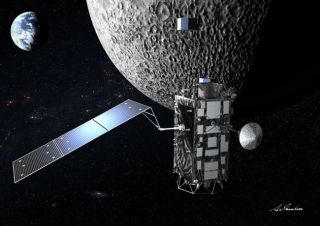
Kaguya, also known as Selene, was a Japanese lunar orbiter that was launched in 2007. It carried a number of instruments to study the Moon's surface and interior structure.
- Chang'e 1
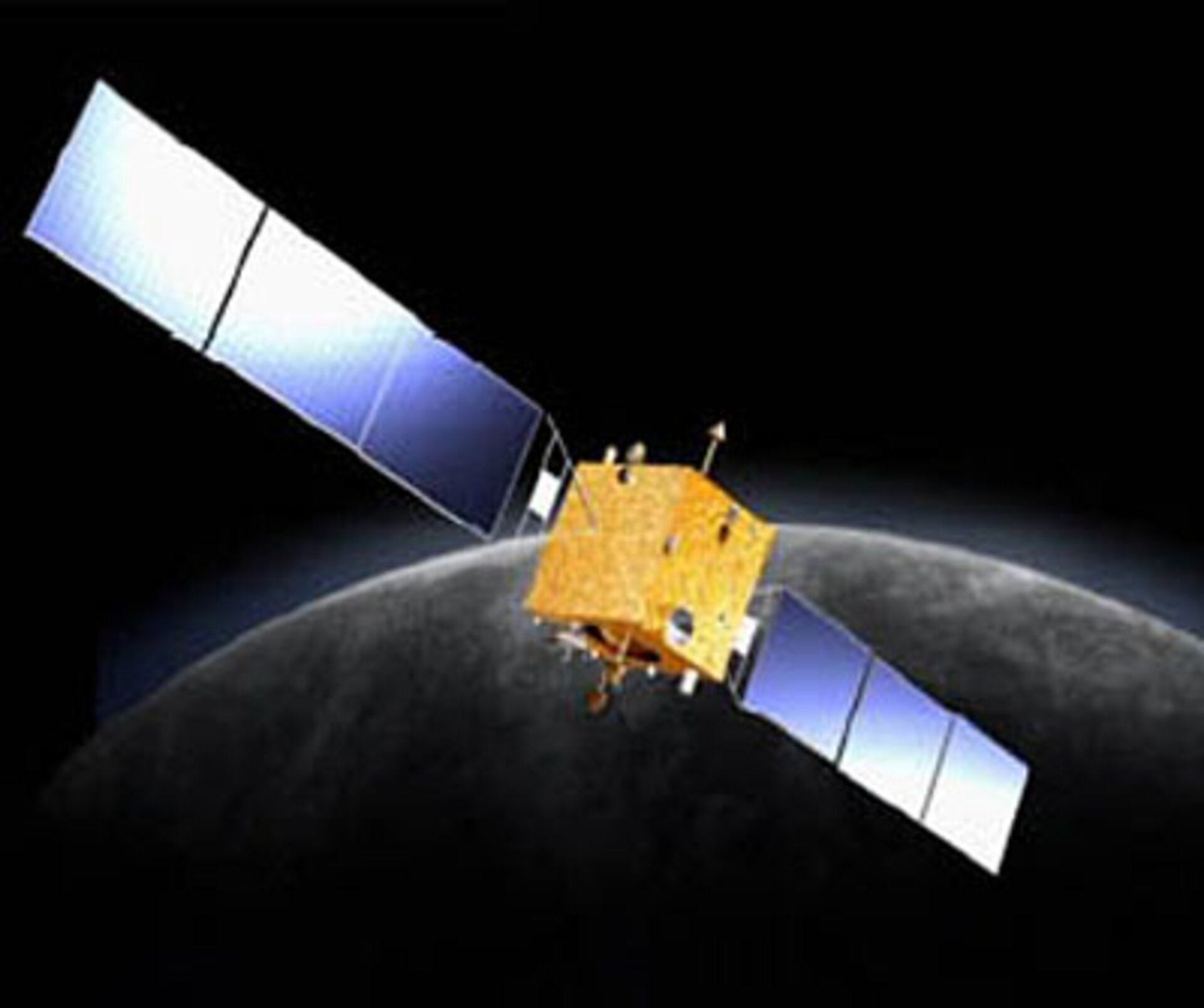
Chang'e 1 was the first lunar orbiter launched by the Chinese National Space Administration. It was launched in 2007 and operated until 2009, when it intentionally crashed into the Moon.
- Chang'e 2
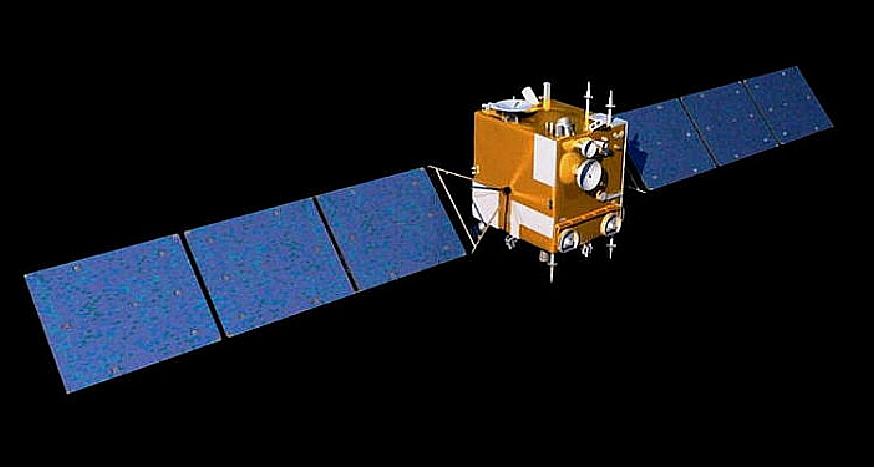
Chang'e 2 was a follow-up mission to Chang'e 1, launched in 2010. It carried a high-resolution camera and other instruments to study the Moon's surface and environment.
- GRAIL
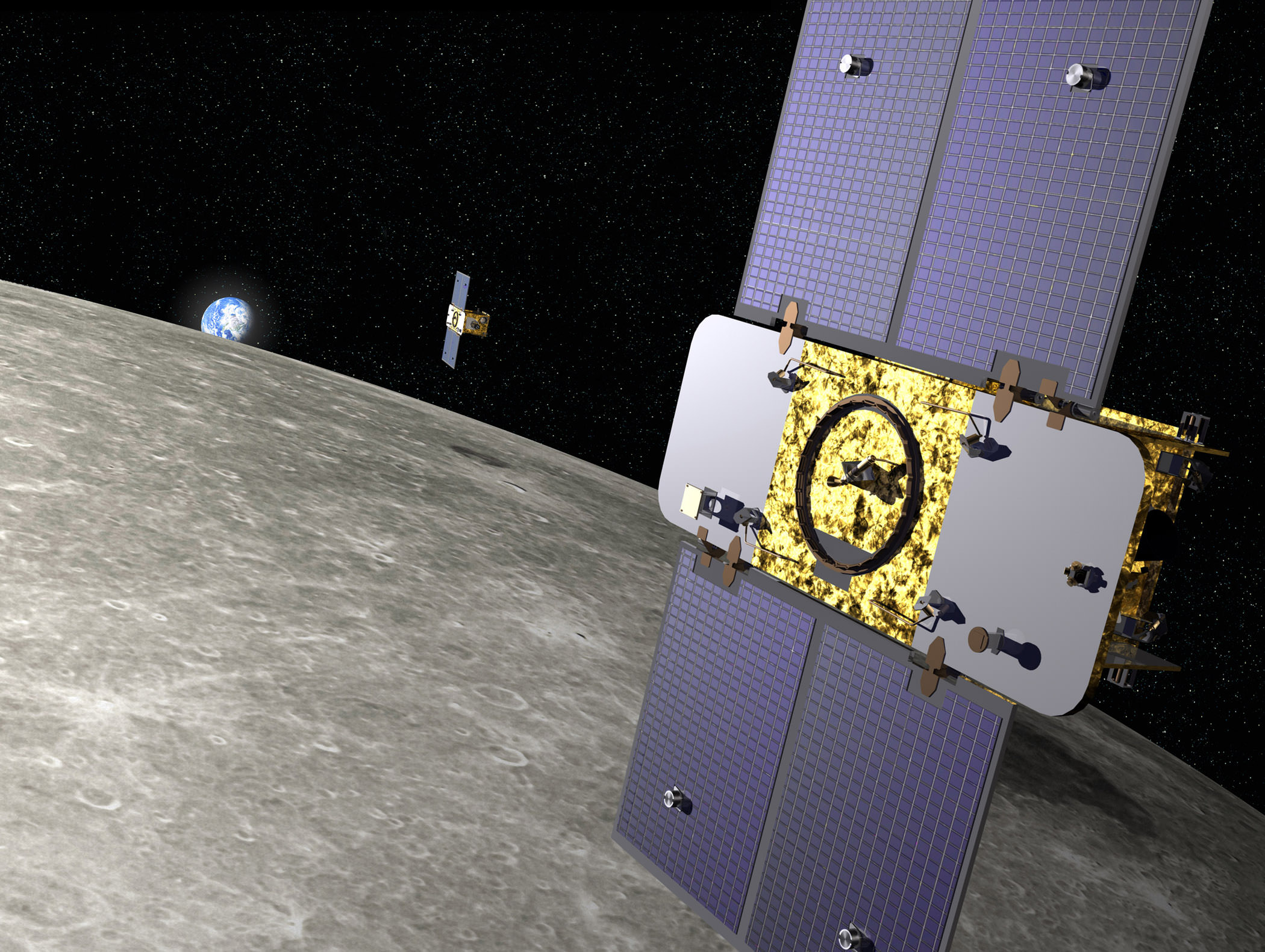
The Gravity Recovery and Interior Laboratory (GRAIL) mission was a pair of NASA spacecraft that orbited the Moon in 2011 and 2012. They were used to study the Moon's gravitational field and interior structure.
- ARTEMIS
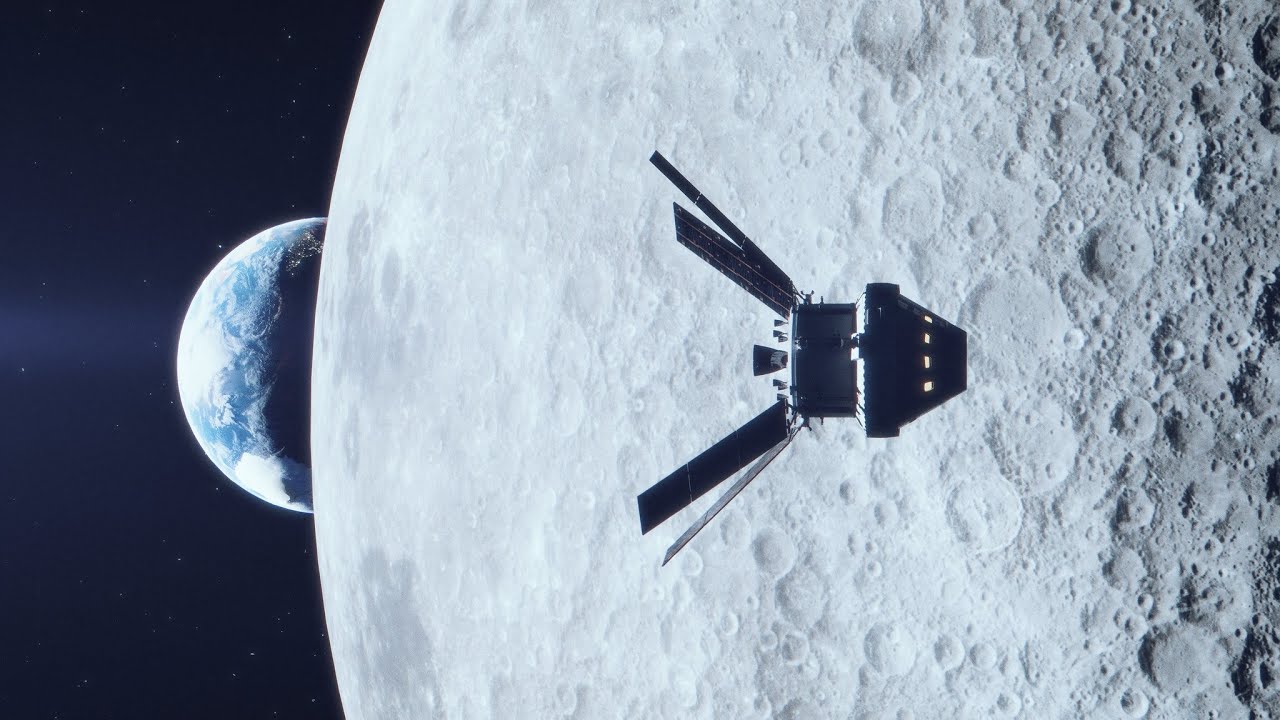
The Acceleration, Reconnection, Turbulence, and Electrodynamics of the Moon's Interaction with the Sun (ARTEMIS) mission is a pair of spacecraft that are currently orbiting the Moon. They are being used to study the Moon's space environment and its interaction with the solar wind.
- Chang'e 3
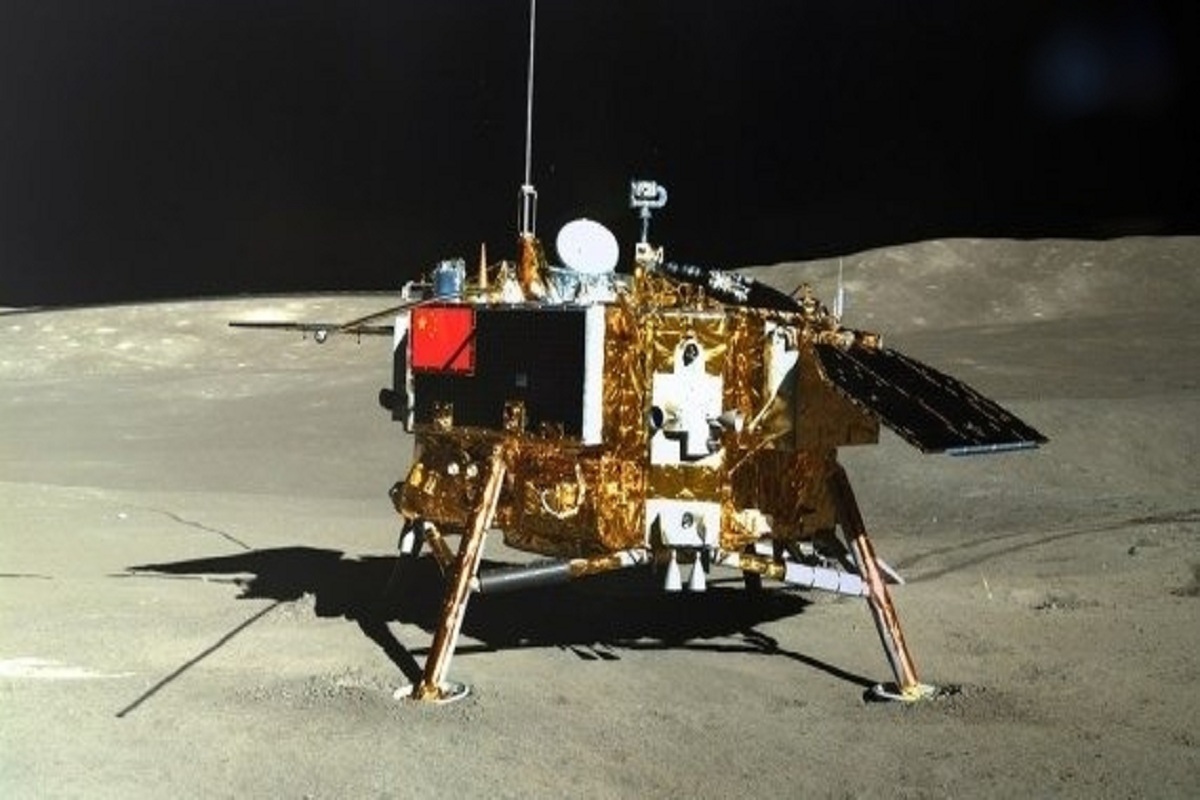
Chang'e 3 was a Chinese lunar orbiter that was launched in 2013 and carried the first Chinese rover to the Moon's surface. It carried a number of instruments to study the Moon's surface and environment.
Danuri is now circling the Moon every two hours and will begin its scientific mission next month, which includes mapping and analysing lunar terrain, and measuring magnetic strength and gamma rays. President Yoon Suk-yeol has hailed Danuri's achievements as a “historical moment” in the country's space program.
© Vygr Media Private Limited 2022. All Rights Reserved.

